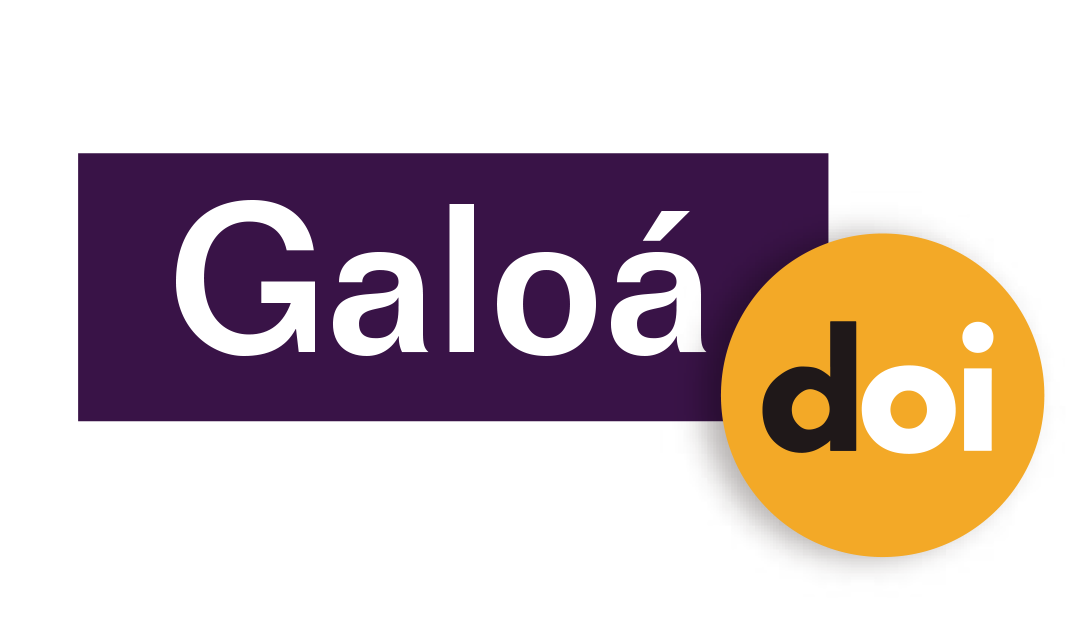Experimental Geometry, Pythagorean Theorem and Montessori
Resumo
Background: Some 19th and 20th-century geometry textbooks show methodological innovations in relation to the traditional books that followed Euclid's logical-deductive proposal. Objective: To analyse in the book Psico Geometria: el estúdio de la geometria basado en la psicologia infantil by Maria Montessori (1934) as the didactic approach of the Pythagorean theorem, proposed by her, fits into an experimental geometry perspective. Design: Using documentary analysis, we analysed the books of the following authors: Hoüel (1867), Méray (1874), Laisant (1898, 1906), Calkins (1861), Bert (1886), Prestes (1895), Lyra da Silva (1923), Wentworth and Hill (1901) and Montessori (1916, 1934) to understand the approach to teaching geometry.Environment and participants:The research sources collected in the National Library of France (BNF) and in the Universidade Federal de Santa Catarina (UFSC) Digital Repository refer to the geographic environment of authors from four countries Data collection and analysis: The selected and analysed documents can be found at BNF – Gallica in a digitized version, as well as at the UFSC Digital Repository. Based on the documentary analysis of these books, we found that the methodological proposals seek to escape from a deductive presentation of elementary geometry and include in their texts experiences for the introduction of concepts and visual demonstrations of elementary geometry. Results: The authors of the analysed works, from different countries, criticized the elementary teaching of geometry, especially the authors of textbooks, for the fact that they approach deductive geometry in the initial classes, favouring a deductive presentation of mathematics. Montessori's book shows an experimental geometry proposal for the Pythagorean theorem. Conclusion: We found that Montessori's proposal, besides presenting characteristics of an experimental geometry, also inserts some deductive reasoning.
Palavras-chave
Geometry Teaching, Montessori, Pythagorean Theorem
DOI: https://doi.org/10.17648/acta.scientiae.7023
Apontamentos
- Não há apontamentos.
Direitos autorais 2023 Circe Mary Silva Silva

Esta obra está licenciada sob uma licença Creative Commons Atribuição 4.0 Internacional.
ANÚNCIOS
Informamos que, a partir de outubro de 2025, devido ao grande número de artigos na fila de submissão, está suspenso o aceite de submissões. Rebriremos em fevereiro de 2026.
Mais, informamos que sites fraudulentos, https://periodicos-ulbrabr.org e https://periodicos-ulbrabra.org, estiveram se passando pela Acta Scientiae, utilizando nosso nome e identidade visual e até solicitado taxas de APC, que nós não cobramos. Aconselhamos cautela para evitar serem enganados por sites semelhantes.
Conceito A2 na Capes(2021)
Índice h5 do Google Scholar: 13
Índice mediana h5 do Google Scholar:24
eISSN: 2178-7727
Indexações:
A Acta Scientiae é indexada em: | Scopus |  | Latindex |  | Edubase (SBU/UNICAMP) |
 | Sumarios.org |  | Google Scholar |  | Portal LivRe (CNEM) |
 | Journals for Free |  | REDIB |  | Galoá DOI |

Todos os trabalhos publicados aqui estão sob uma licença Creative Commons - Atribuição 4.0 Internacional.
